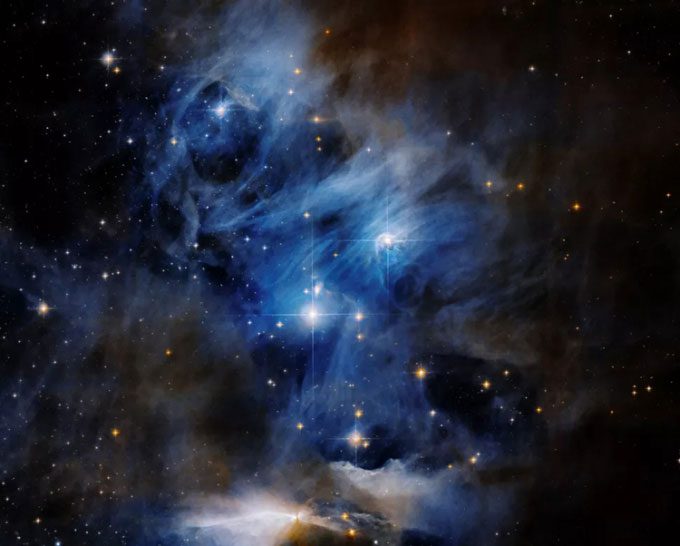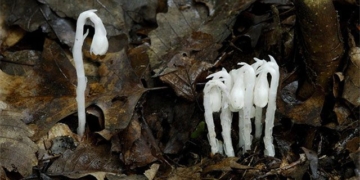The Hubble Space Telescope Provides Stunning Updated Images of the Chamaeleon 1 Cloud in the Southern Hemisphere Sky.
Chamaeleon 1 is one of the three main regions of the Chamaeleon Complex – a massive star-forming area that spans 65 light-years, covering almost the entire area of the constellation Chamaeleon. It is one of the closest active star nurseries to Earth, located just 522 light-years away.

Chamaeleon 1 cloud captured by Hubble. (Image: NASA).
The stunning image above is composed of 23 different observations from the Hubble Space Telescope. It showcases the dark dust and gas clouds of Chamaeleon 1 illuminated by young blue stars.
Hubble also captured bright patches and arcs of gas located between the stars, known as Herbig-Haro objects. These form when gas ejected from a “protostar” (a very young star) collides with dust and gas clouds, energized by jets from new stars.
“The white-orange cloud at the bottom of the image is home to one of these protostars. Its bright, hot gas jets are ejected in narrow streams from the two poles of the protostar, creating Herbig-Haro object HH 909A,” NASA stated in a description of the image last week.
Launched into orbit on April 24, 1990, the Hubble Space Telescope has been operating almost continuously for over three decades, conducting millions of observations of distant planets, stars, and galaxies. However, the instrument has shown signs of “aging” and is soon to be replaced by the James Webb Space Telescope, which is over 100 times more powerful.





















































